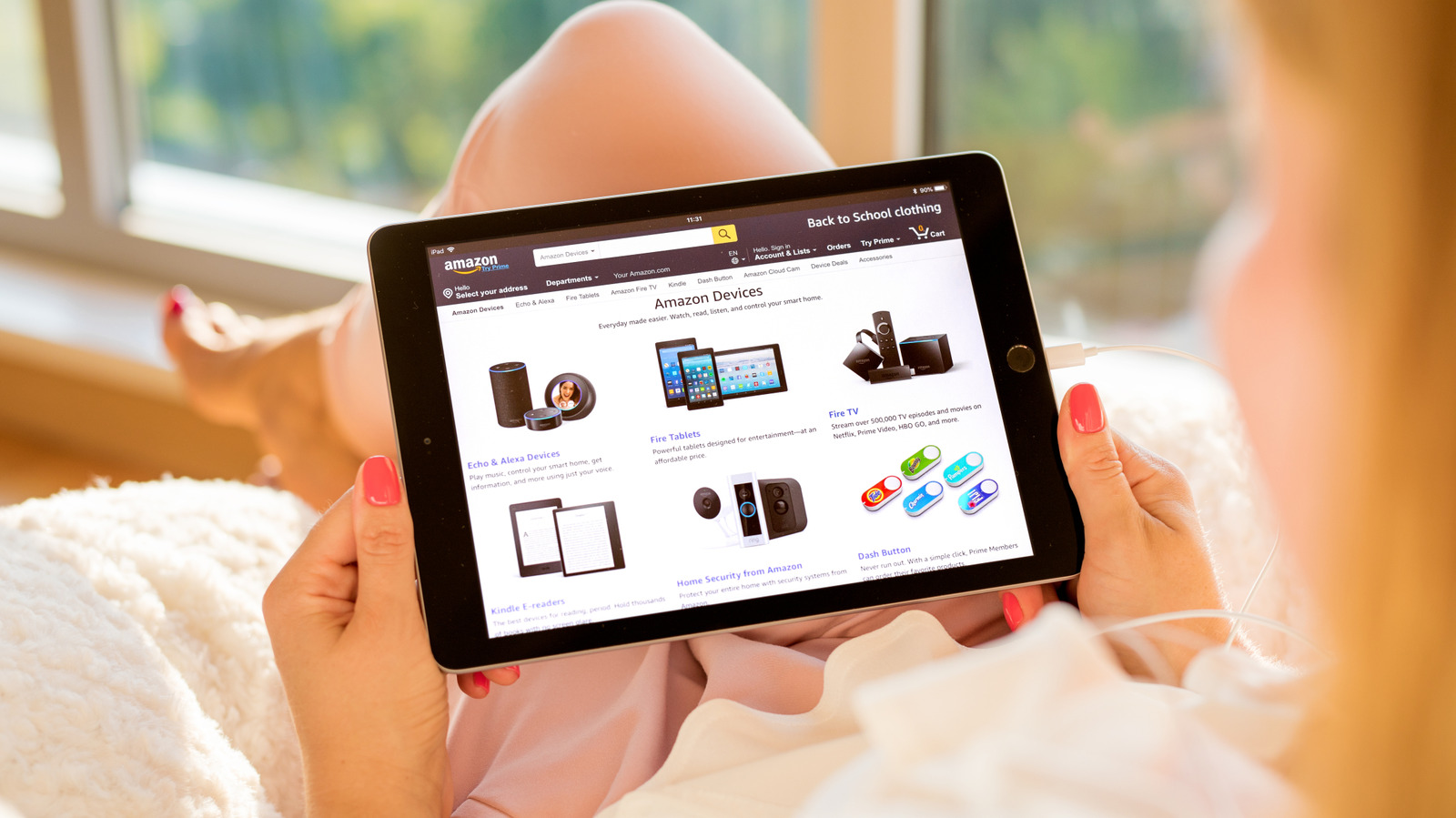Wireless charging is about to get a big upgrade with the introduction of the Qi 2.2 wireless standard.
Announced by the Wireless Power Consortium, an open standards development group that works with some of the biggest tech manufacturers around, the upcoming standard should improve on what was offered by Qi 2 with improved 25W (or possibly 50W) wireless charging speeds, better magnet alignment and better accessories as a result.
But is this really the future of wireless charging? It’s certainly promising, but I’m not 100% convinced just yet.
What is Qi 2.2?
The aim of Qi 2.2 is to improve on the initial experience introduced with Qi2 – essentially to bring Apple’s magnetic MagSafe system to Android devices. That meant support for magnets for the same snap-on, snap-off action as Apple’s iPhone, along with improved 15W wireless charging speeds.
Qi 2.2 is set to improve on the standard in several key ways. The first is faster wireless charging; the updated standard is said to support up to 25W wireless charging, a solid jump from the current 15W limit, though players like Samsung claim it could hit 50W.

Either way, the WPS claims that this is done without causing your phone or the charger to overheat – though how this will be achieved is yet to be seen.
There’s also said to be stronger magnets in the works, helping your phone and whatever accessory you attach it to – be it a mount, powerpack, wallet, camera mount or anything else you find – more securely.
On a related note, there should be a more consistent magnetic design with Qi 2.2, which should make it easier for accessory makers to make gadgets that play well with a wide variety of phones, not just those of a specific size or brand.
Most importantly, Qi 2.2 devices will still work with older Qi 2 and Qi chargers, so there’s no need to swap out your existing charging solutions – though you might want to pick up a faster wireless charger when those land to fully take advantage of those faster wireless charging speeds.
Why Qi 2.2 is such a big deal?
Qi 2.2 is a big step forward in the world of wireless charging with its more secure magnetic connections and faster wireless charging – but it’s more than that.
Aside from the headline features like faster charging, it should bring parity to the Android smartphone market where, despite the WPS trying its best to introduce global standards for wireless charging, there’s still massive variety in the speeds achieved.


If you’re using a Qi 2 smartphone like the Samsung Galaxy S25 Ultra, you’ll get access to 15W wireless charging – the fastest that the standard allows. However, phones like the OnePlus 13 offer much faster 50W wireless charging, while the Honor Magic 7 Pro offers 80W.
The catch? The phone requires a proprietary charger, created by the phone’s manufacturer, to achieve those speeds. That’s a stark difference to regular Qi 2.2 support, which will provide the fastest wireless speeds regardless of the charger you’re using – as long as it’s powerful enough, anyway.
Well, that’s the theory behind the rollout, anyway.
… but all’s not as rosy as it seems
The premise of Qi 2.2 wireless charging sounds extremely promising – but it’s best not to get swept up in promises, especially where Qi wireless charging is concerned. Why? Based on the rollout of Qi2, it appears that manufacturers can selectively support certain elements of the standard.
That’s most obvious when talking about the support for magnets, one of the most exciting aspects introduced with the initial Qi2 standard. While phones like the Galaxy S25 Ultra and Oppo Find X8 Pro technically supported the Qi2 standard, neither phone offered built-in magnets like Apple’s iPhone does – instead, companies tend to rely on cases with magnetic rings embedded within.


This was exactly what the Qi2 standard was supposed to fix. It was designed specifically to bring consistency to the wireless charging experience, following a confusing rollout of Qi wireless charging with varying charge speeds.
Given the lacklustre adoption of what I (and most consumers, given the popularity of MagSafe accessories on iPhone) consider to be the most exciting aspect of Qi2, my hopes of it finally appearing on Qi 2.2 phones are waning considerably.
That being said, it’s likely that most smartphone manufacturers will adopt the faster wireless charging method – even if the consensus is that wireless charging speeds will still vary depending on the phone in question.
It’ll likely be limited to more high-end devices, of course, but no company wants its wireless charging speeds to fall dramatically behind that of the competition.
There is hope on the horizon, however; reports claim that Samsung has already introduced newer charging chips that could support the faster wireless charging standard, and even Google is said to be involved in shaping the new standard. It’s clearly gaining momentum, arguably faster than the initial rollout of Qi2 did.
So yes, Qi 2.2 could very well be the future of wireless charging – it just depends on how widely adopted it becomes in the next few years.











